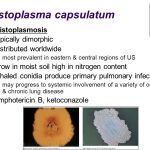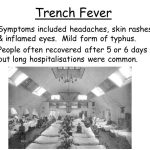
The presence of Candida spp. in the urine is common and does not necessarily represent infection. Candiduria is commonly associated with antibiotic use, indwelling urinary catheters, and diabetes mellitus and frequently resolves if predisposing factors can be corrected. Patients are generally asymptomatic, although some will have symptoms similar to bacterial cystitis, with dysuria, frequency, and urgency (Box 2).









